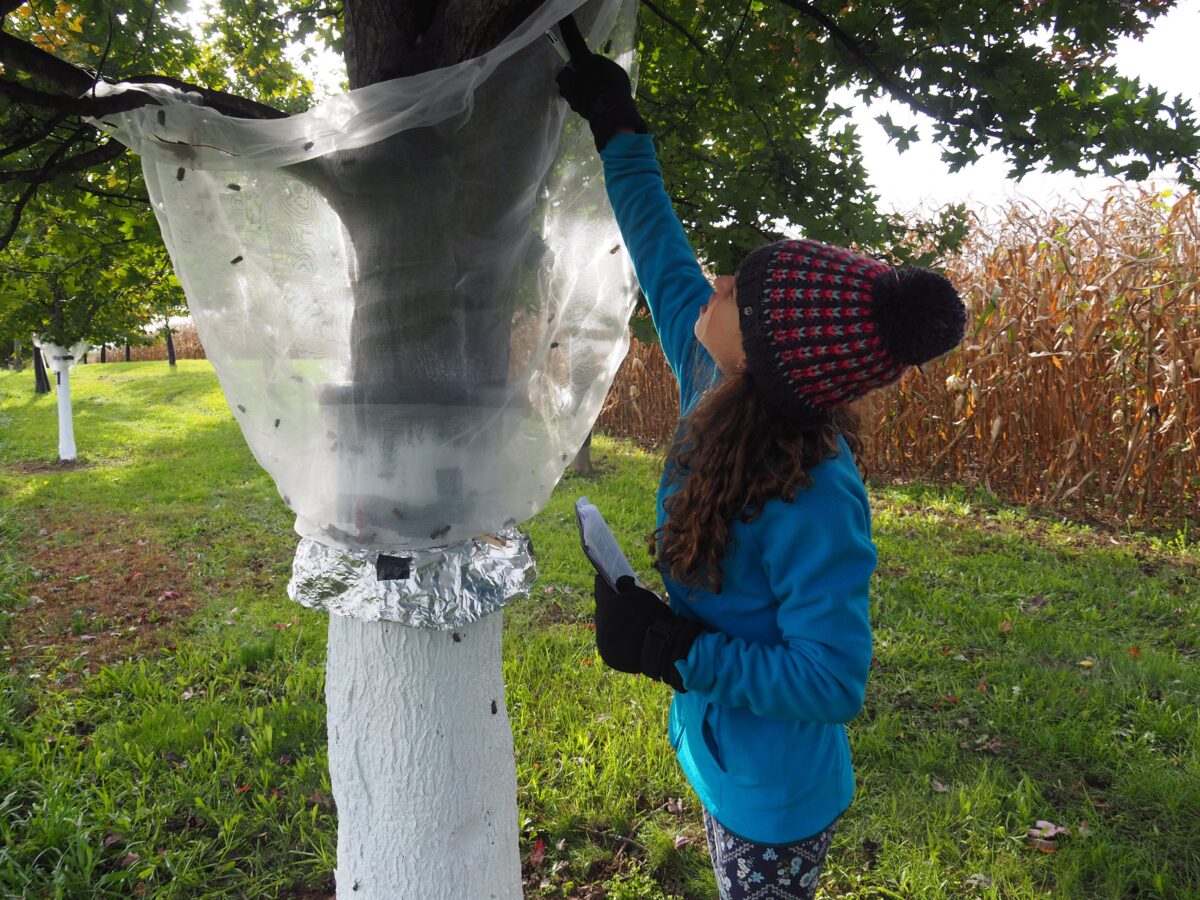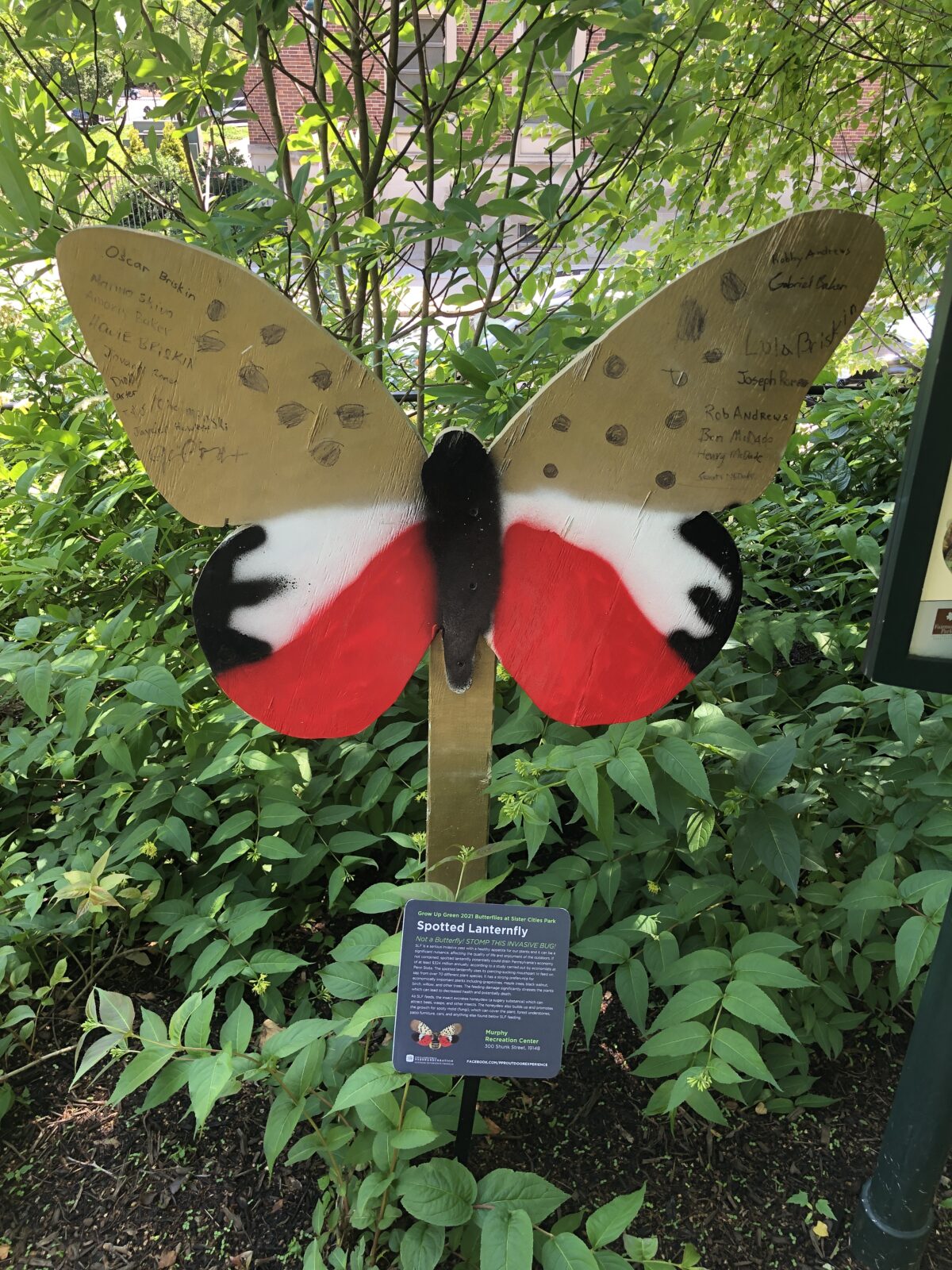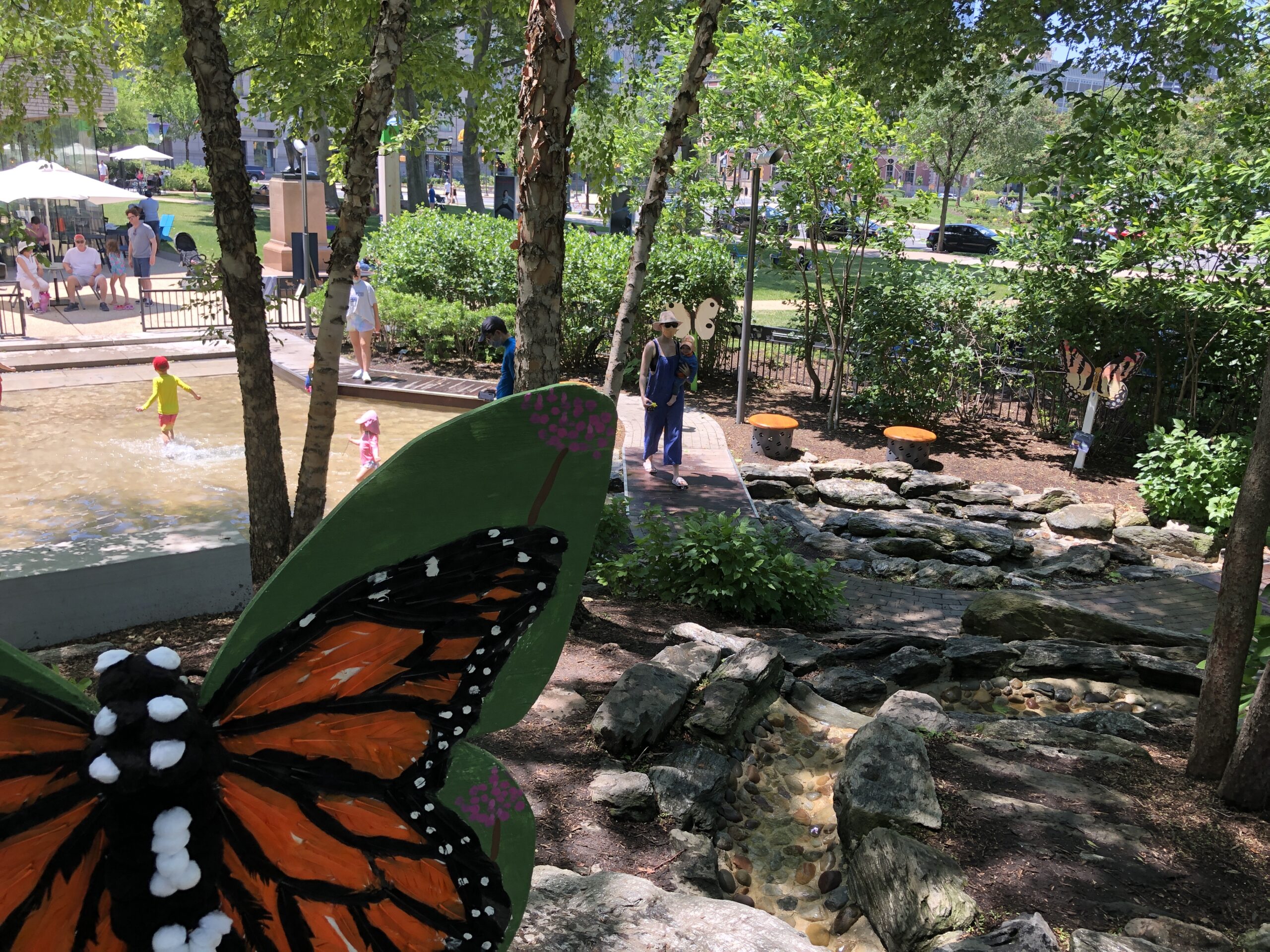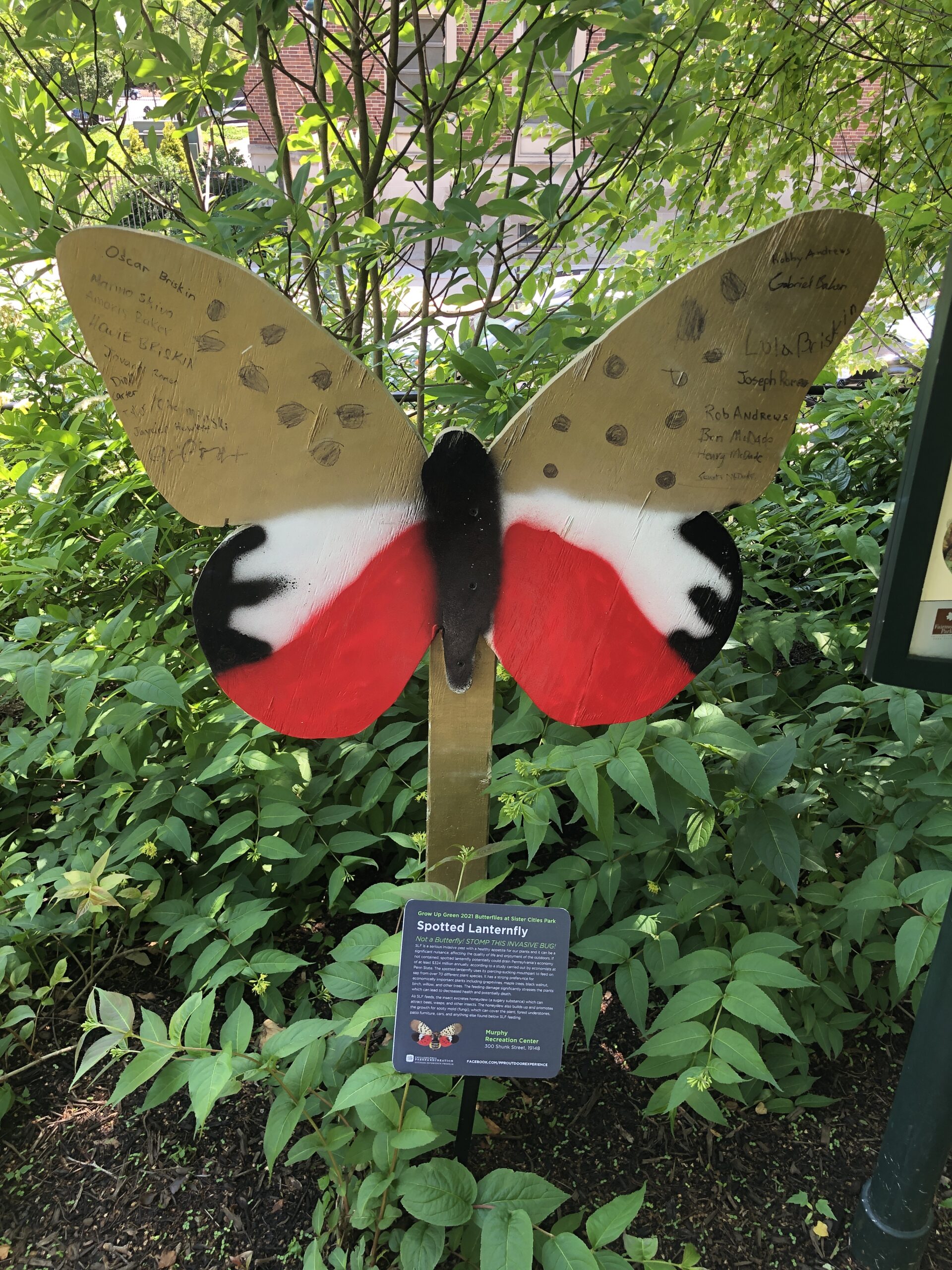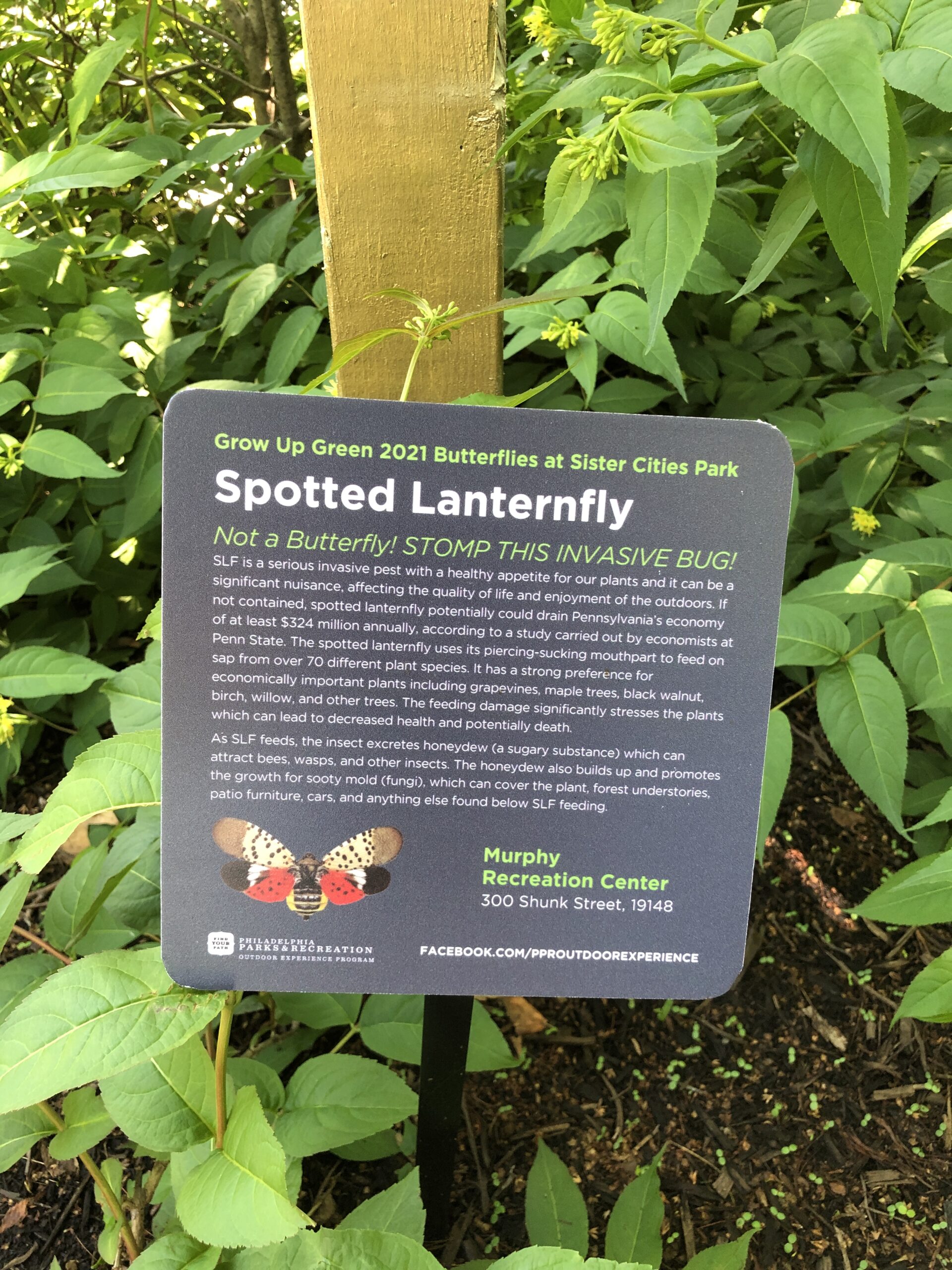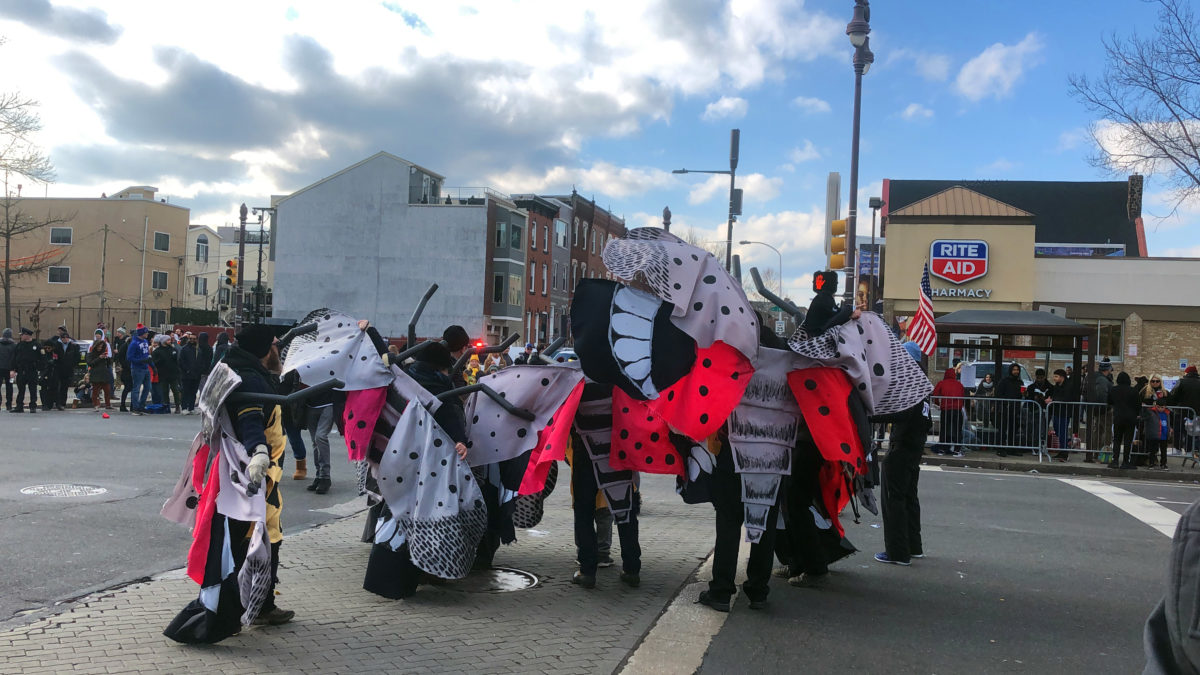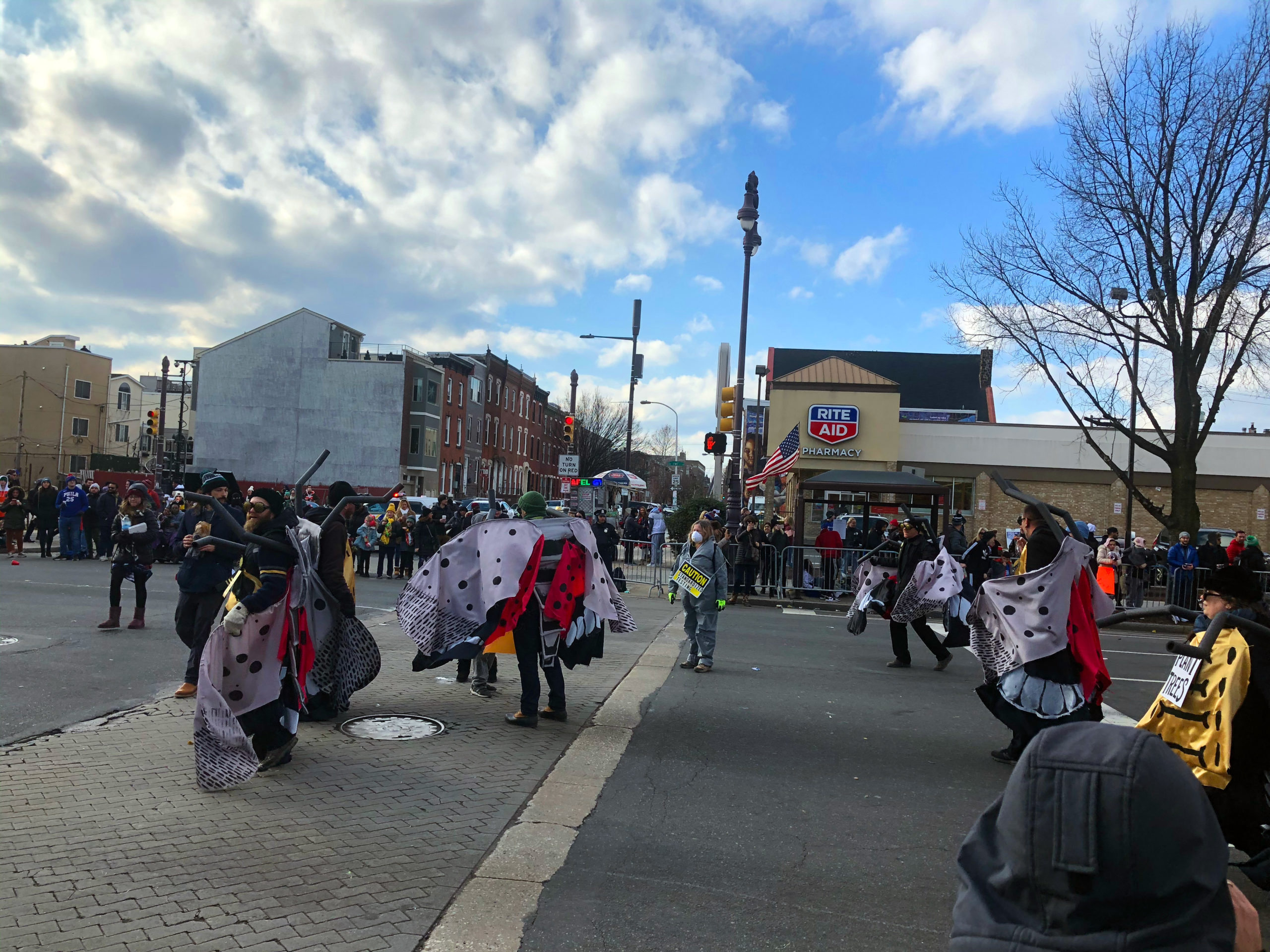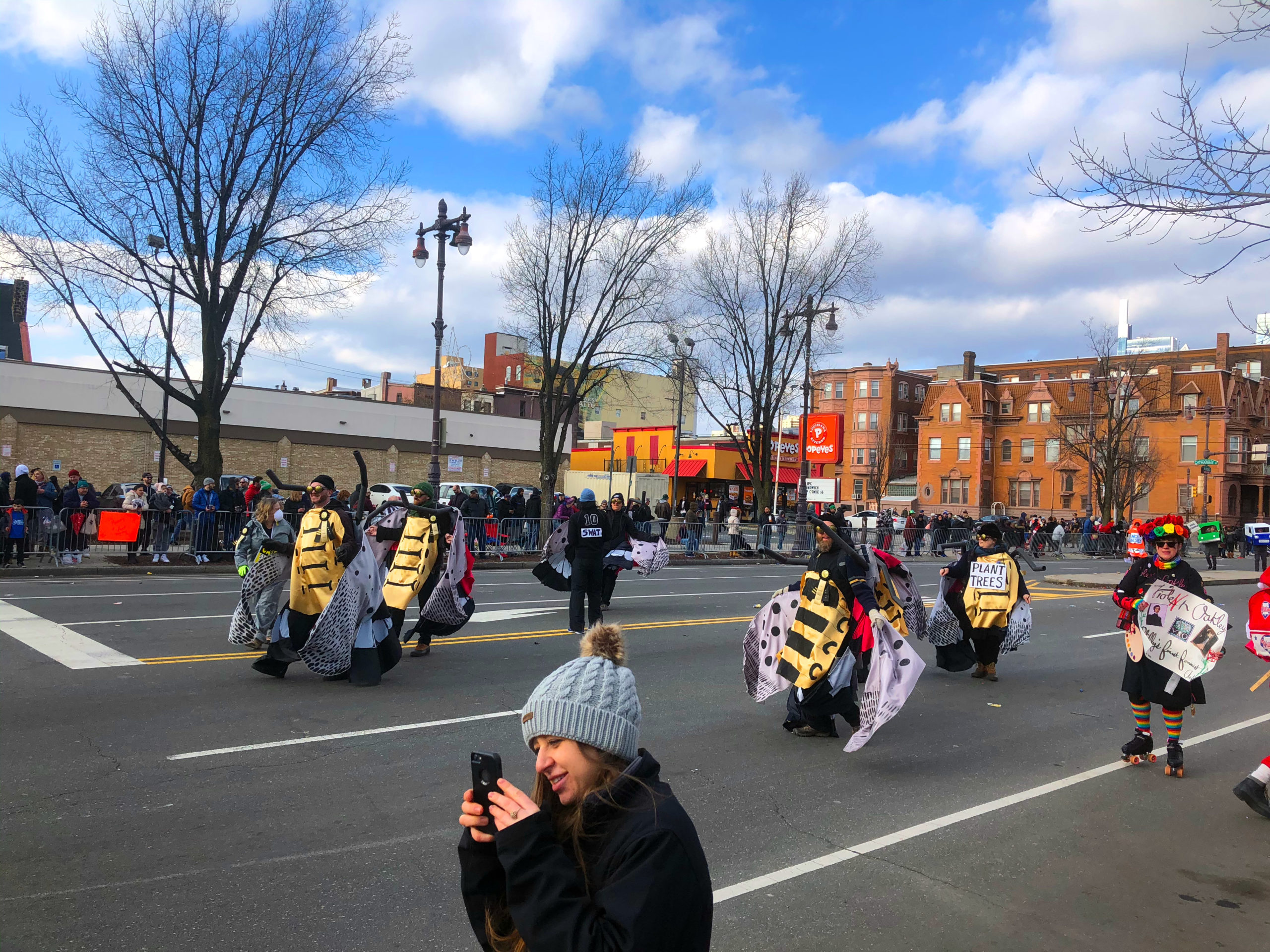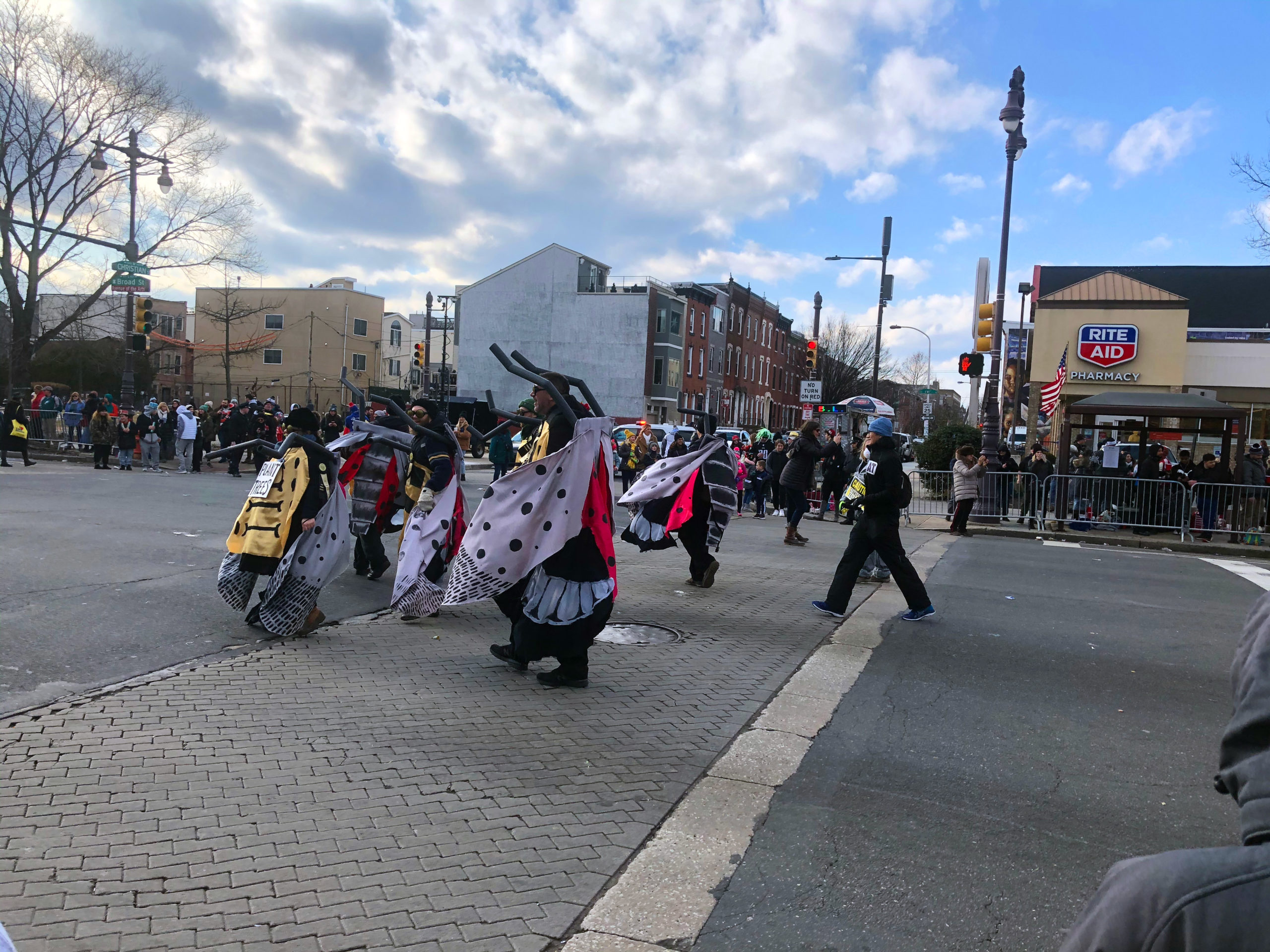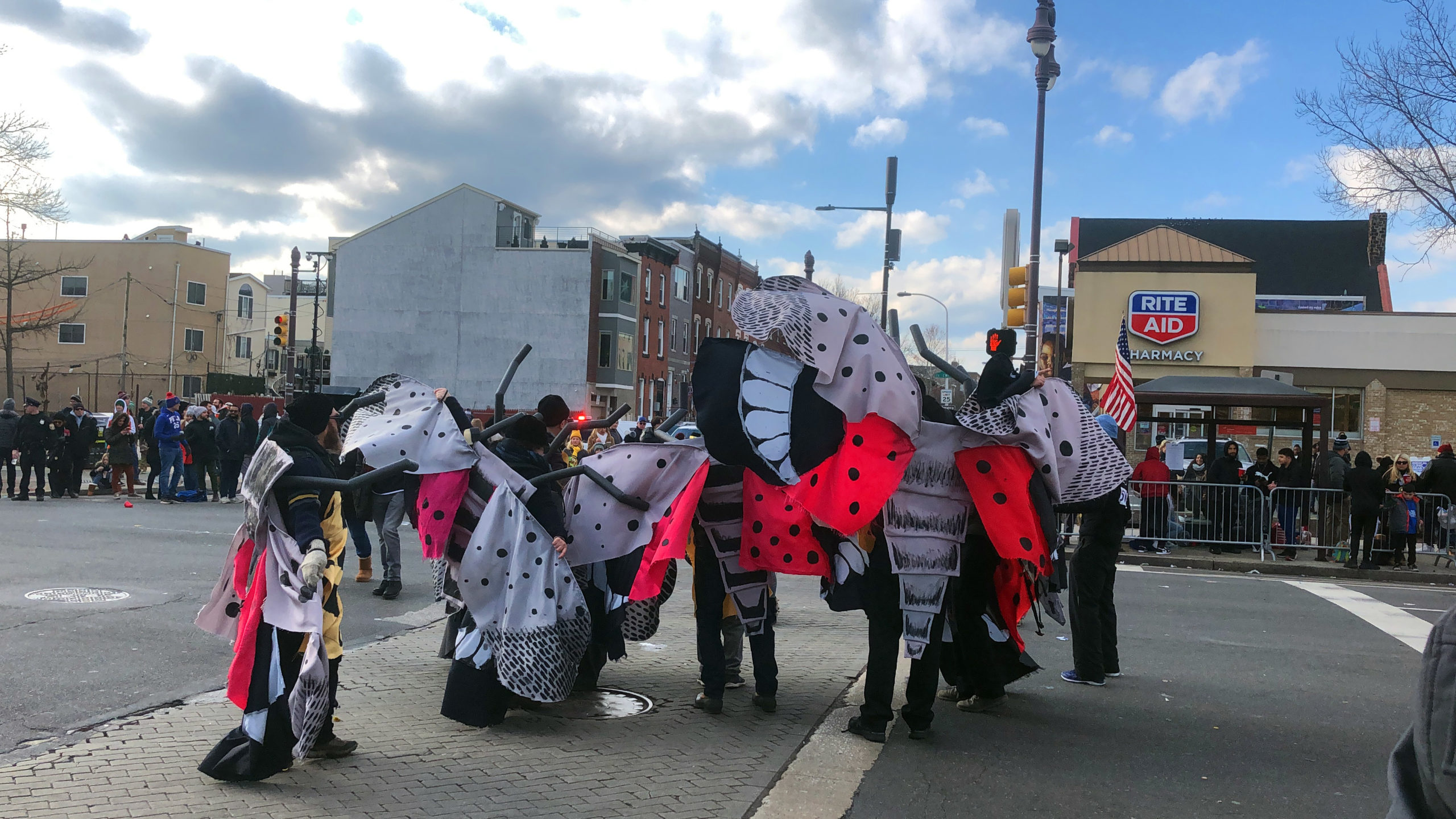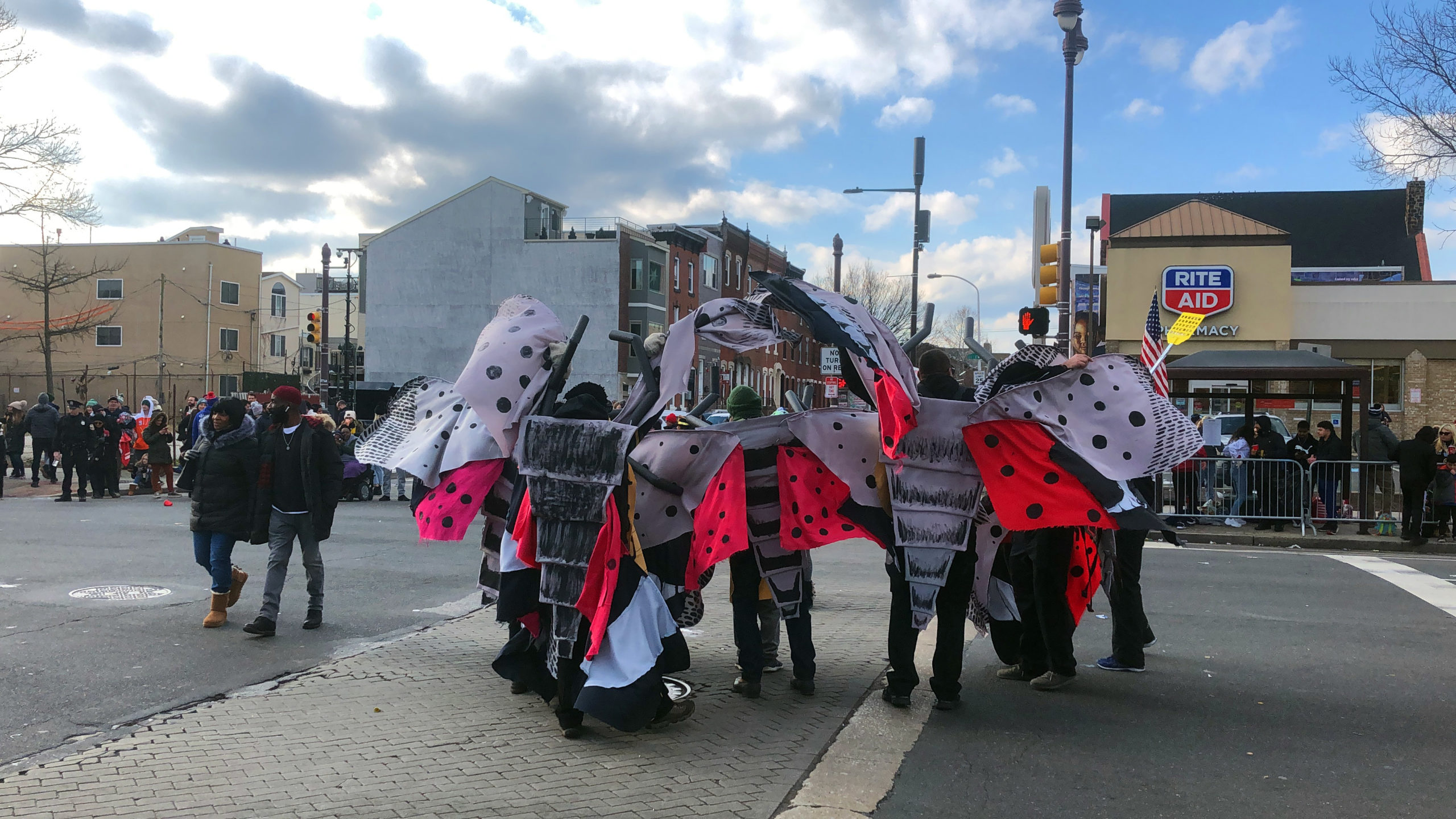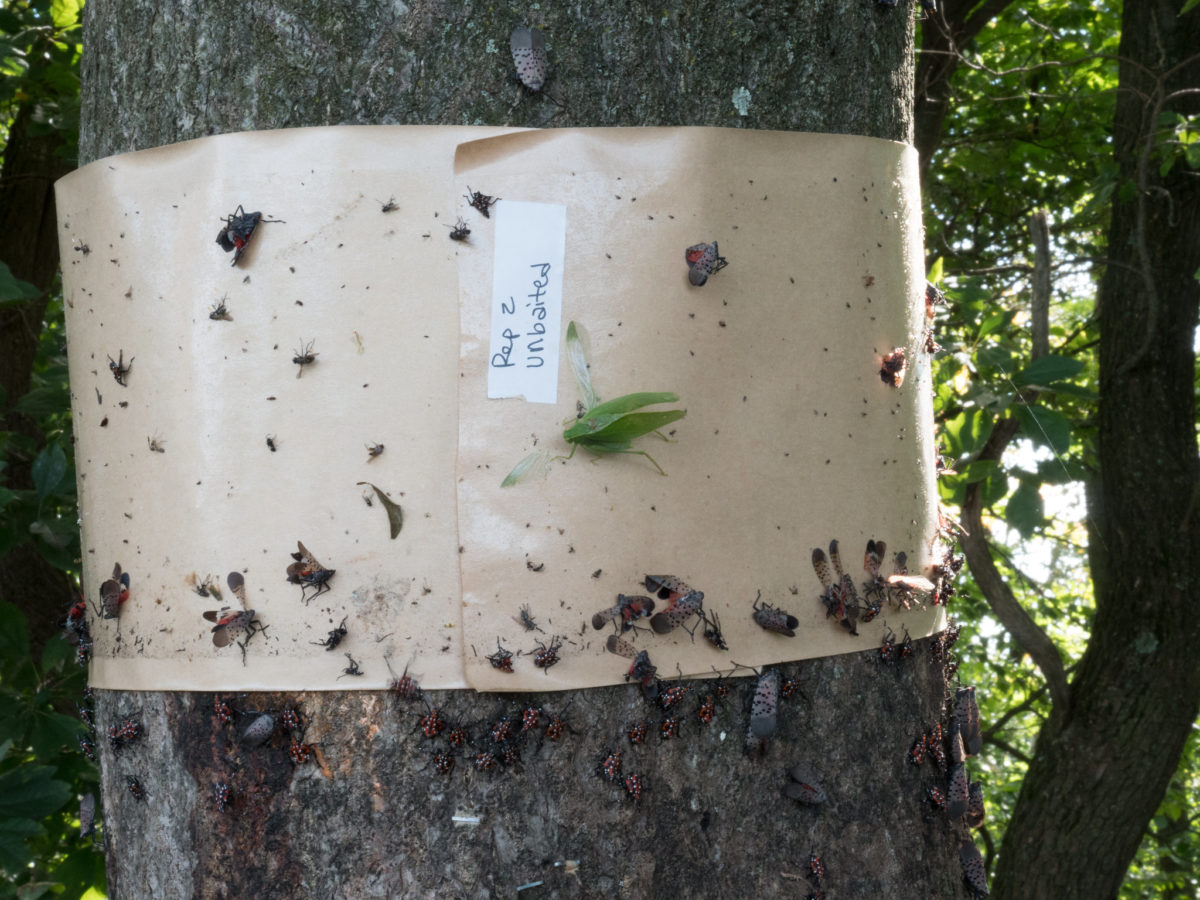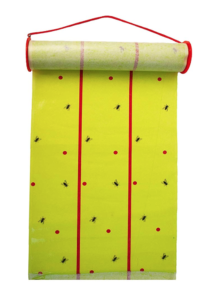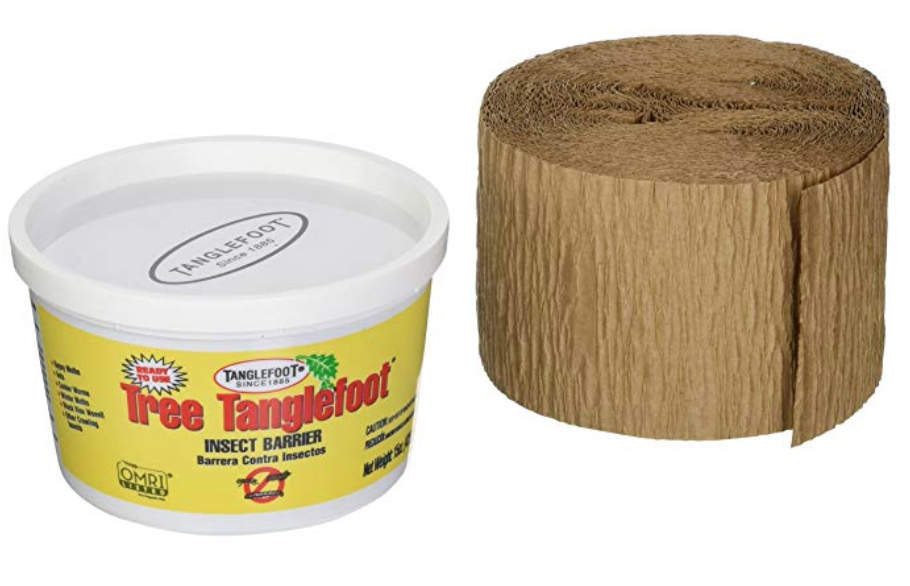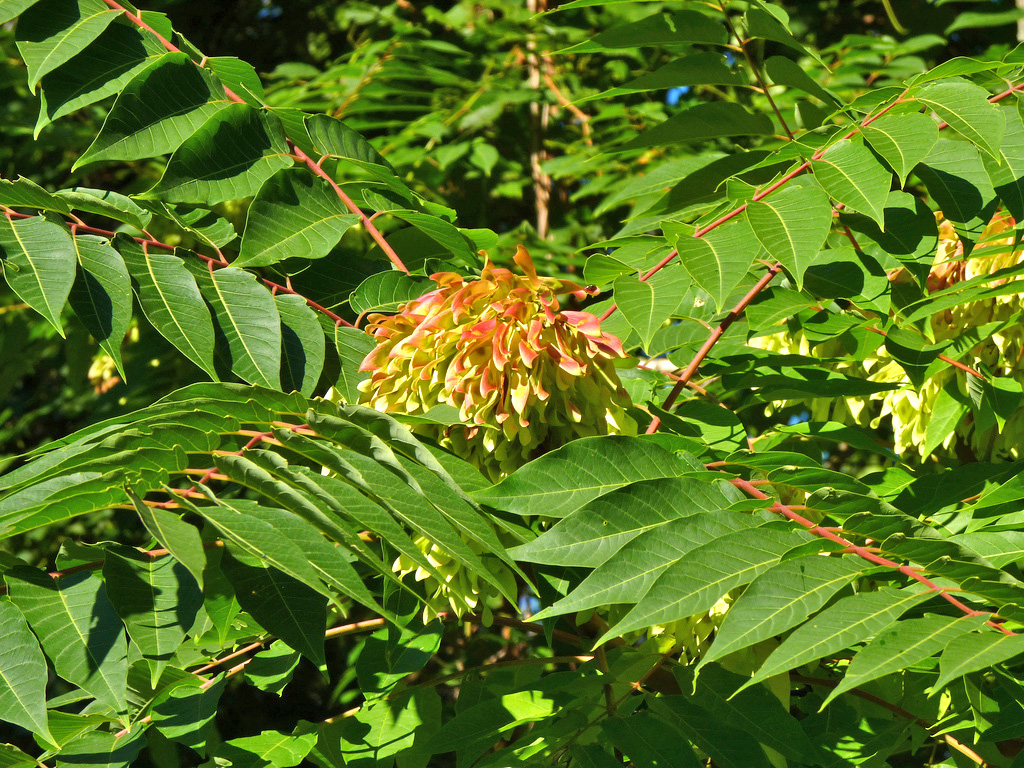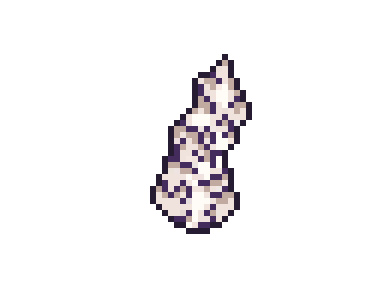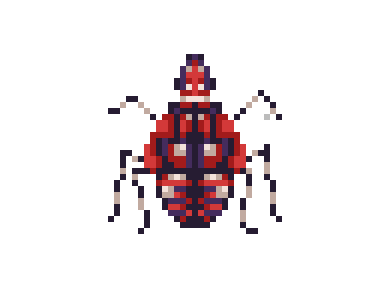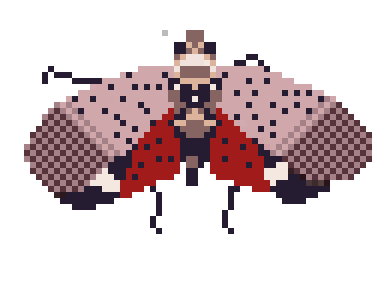I made a big mistake. I mean a really big one.
In the summer of 2019, I sat down at a table filled with big wigs from the Department of Agriculture and representatives from multi-million dollar corporations. Looking around, I can tell they didn’t want to be here. I can also tell that they didn’t believe in my gift. But there is something else I see in their faces…desperation.
I realized that I was different was when I was about 5 years old I had been playing in my grandmother’s yard. There was this huge amazing tree that seemed tall enough to reach heaven. I can still feel the rough bark under my fingertips and just when I was just about to start to climb, I felt something. I don’t know what it was really. An alarm of sorts. I pulled back my hand fast and just before the Black Widow spider that hadn’t noticed tried to bite me. I was so scared that I ran inside and didn’t tell anyone.
I tried to ignore what had happened even avoided my favorite tree. But I learned the tree wasn’t special. It was me. I was able to understand trees. And plants too. I could sense what they needed and give it to them. My mother thought that I had a green thumb. When I finally told her my secret she just sat at the dinner table blinking at me.
“Show me.”
I showed her and something turned on in her brain. She gave me a big smile and told me how wonderful I was.
It started with neighbors bringing their dying plants over to find out how to fix them and ended up with my mother running an agricultural consulting business where a fifteen-year-old me would tell our clients all about their plant’s woes. For a fee of course.
It was profitable and I even ended up on television news shows. Some people were skeptical about my gifts, but enough people believed that my family was able to live more than comfortably.
Back to the meeting. In front of me spread out on the conference table were stacks of glossy photos showing trees covered with these moth-like insects. The Spotted Lanternfly looked harmless but they were a menace. They were destroying millions of fruit trees back in the eastern U.S. which was costing a lot of money for the government and some very big corporations. It was bad and only looked like it would get worse. Some doomsday shit. They tried everything but nothing seemed to be able to kill them. They were desperate and willing to go the less traditional route. I smiled back at them.
“Take me to these trees.”
It was unreal. There wasn’t a tree that wasn’t covered with the Lanternfly. Disgusting goo dripped from them and we had to wear raincoats to protect ourselves. Looked like black mold growing on some of the trees. I touched a tree and the feelings were so strong that I stumbled to the ground overcome with emotion. The tree was in agony. It was being eaten alive by these creatures.
I placed my hand against the bark again pushing my thoughts forward looking for a way to help. The response was immediate.
“We will tell you how to destroy them.”
The big wigs were more than happy with the information provided by the trees. I’m pretty sure that most of them rationalized that I was some kind of genius that just liked to put on a show. Whatever they thought, they quickly took action.
Within a month new plants had been genetically altered and planted near the infected plants and the Spotted Lanternfly quickly ate them up. Within a few hours, the ground was covered in dead insects. The government was ecstatic with the results and more of the new plants were shipped to the affected parts of the U.S. with the same results. Other countries begged for help and the United States sent them the plants after they agreed to some new trading agreements of course.
It seemed that all of the Lanternfly had been eradicated and people were happy. At least for a while. Then the calls began. The new plants were growing rapidly and their roots were strangling the roots of the other trees and plants. The roots were starting to break through pipes and even concrete, so thick, deep and spread out that they couldn’t be dug up. It was estimated that if they went unchecked that the results would be devastating to the world.
I went to my grandmother’s house where a new plant had its trunk wrapped tightly around my old climbing tree’s bark choking the life out of it. I touched the new tree hoping for a solution. It seemed happy to communicate with me, grateful for my help. I pushed the images of destruction forward in my mind and I spoke out loud.
“You are destroying everything. Humans won’t be able to survive if you keep growing. Please help us.”
The tree seemed to find great humor it this and sent me memories of generations of wars between these trees and the Lanternfly with each side trying to destroy the other. Feelings of disgust pulsate as I saw visions of the insect and then overwhelming glee at the view of billions of their dead littering the ground. Then the vision of the world completely taken over by the plants.
I fell to the ground, not sure what to do. I felt betrayed. But why? The plants hadn’t lied to me. I had never asked them any questions. Never judged their intentions. And had never looked for another option. It was all my fault.
Photo credit of Tree of Heaven by NatureServe.
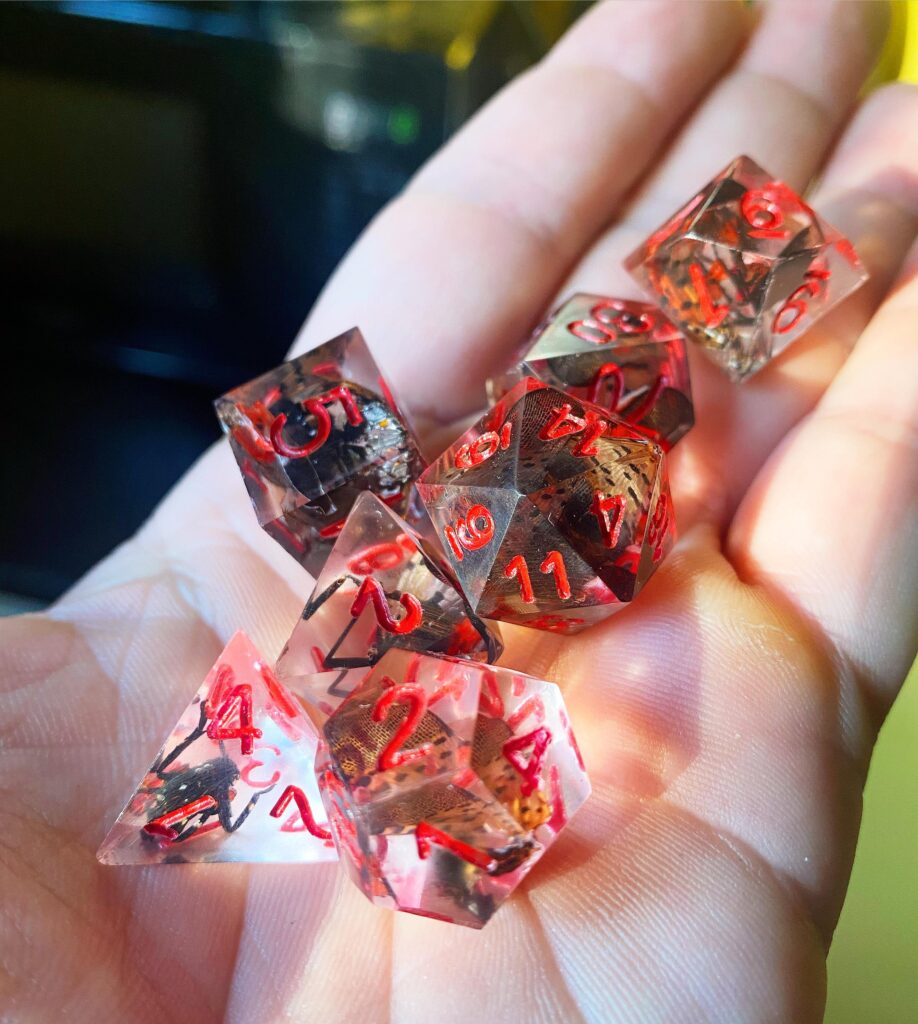

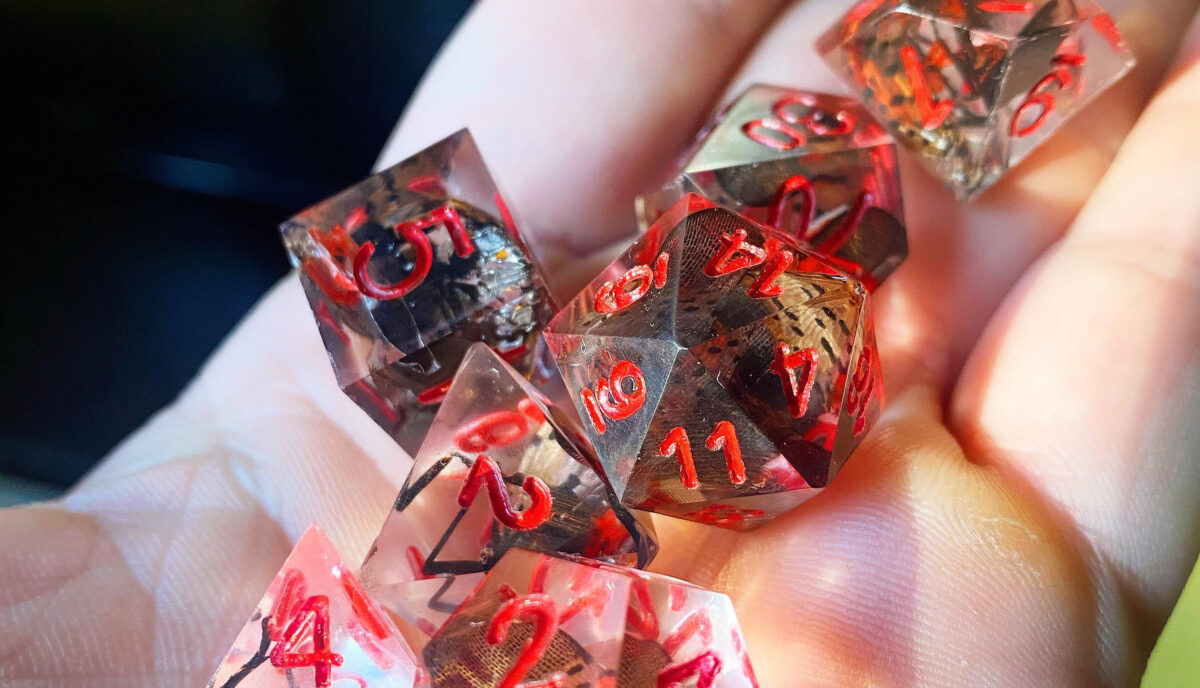
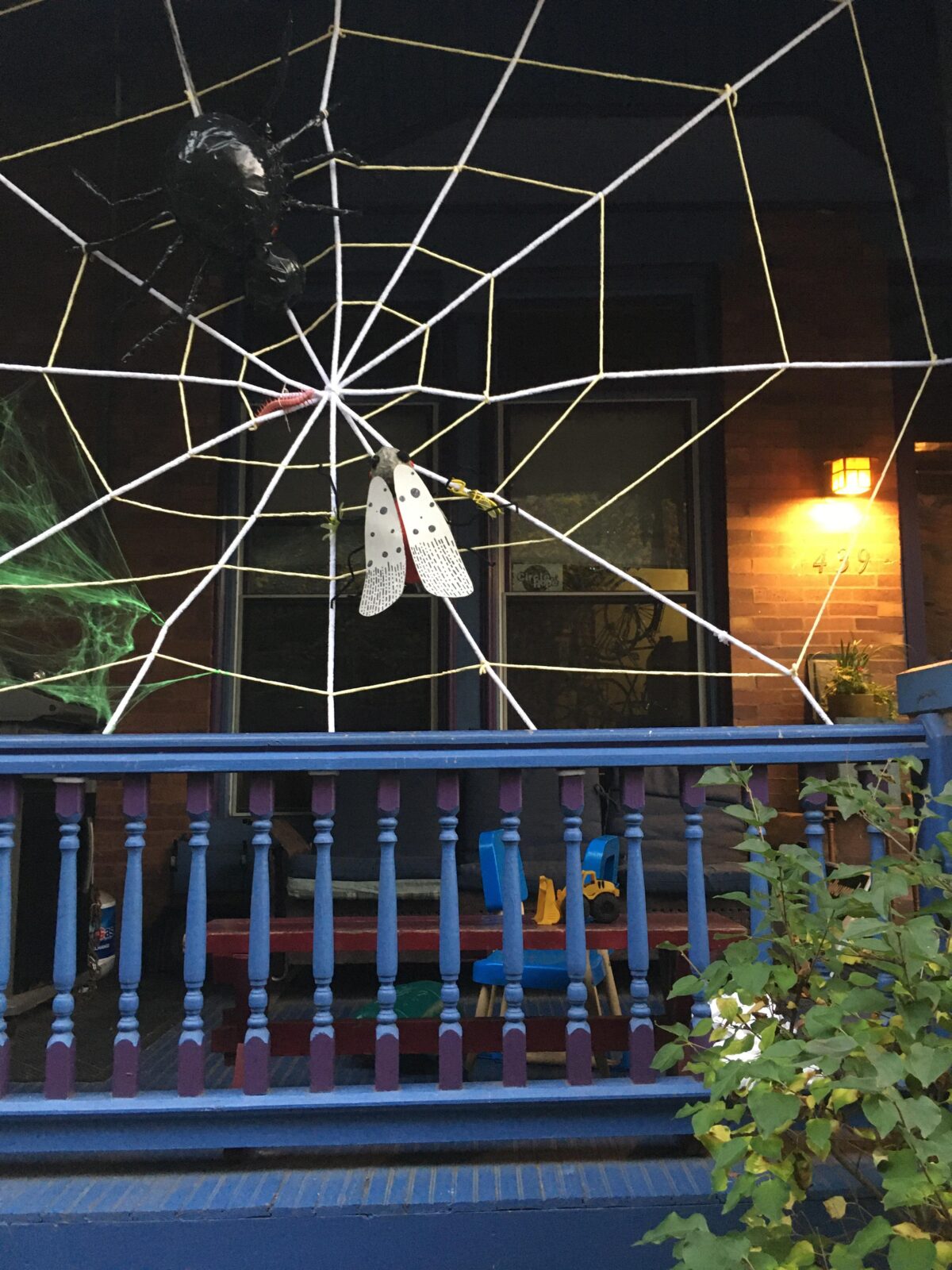
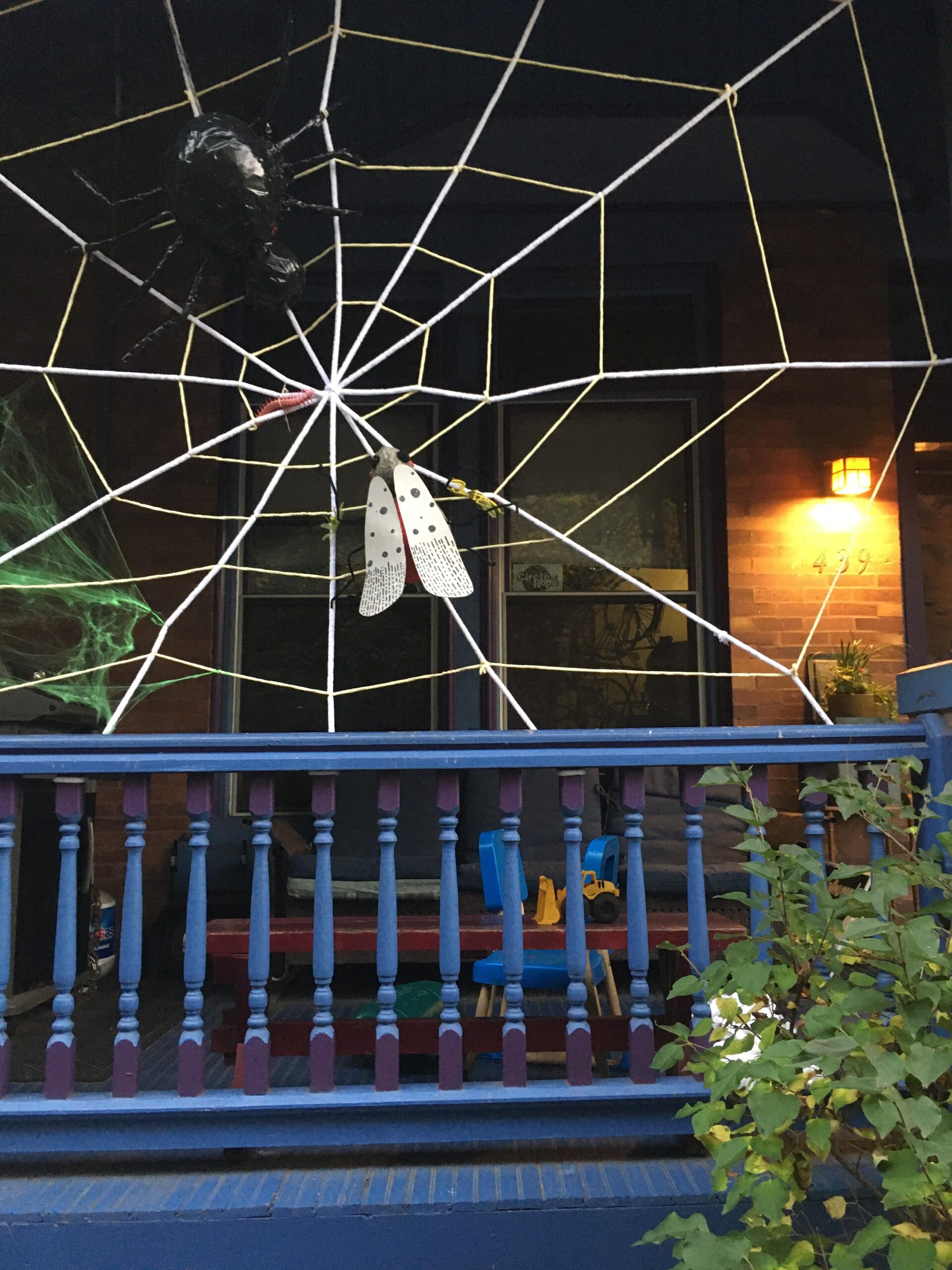 Photo by Michaela Fleming
Photo by Michaela Fleming